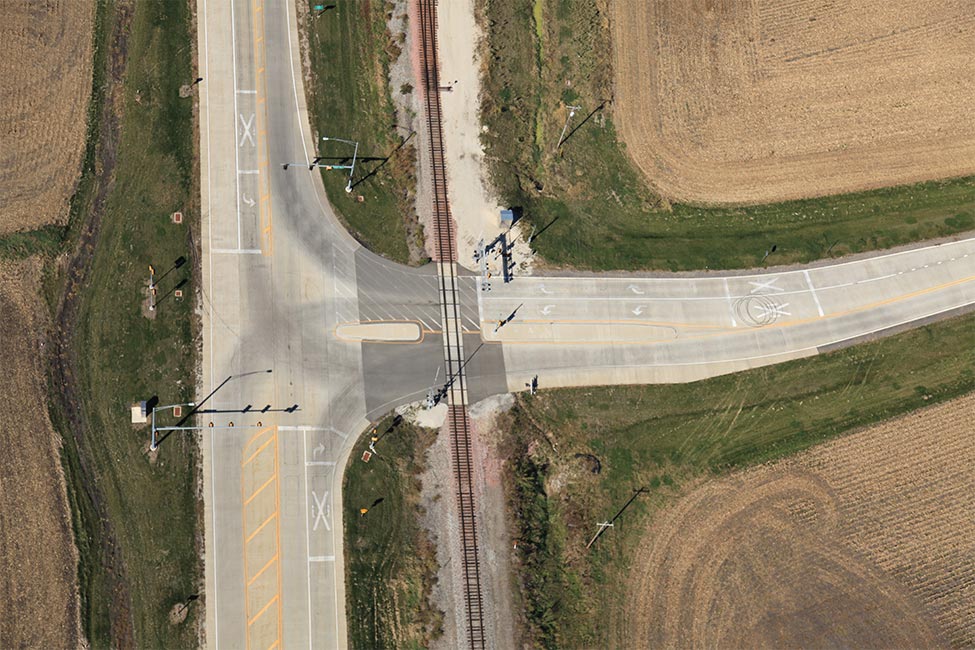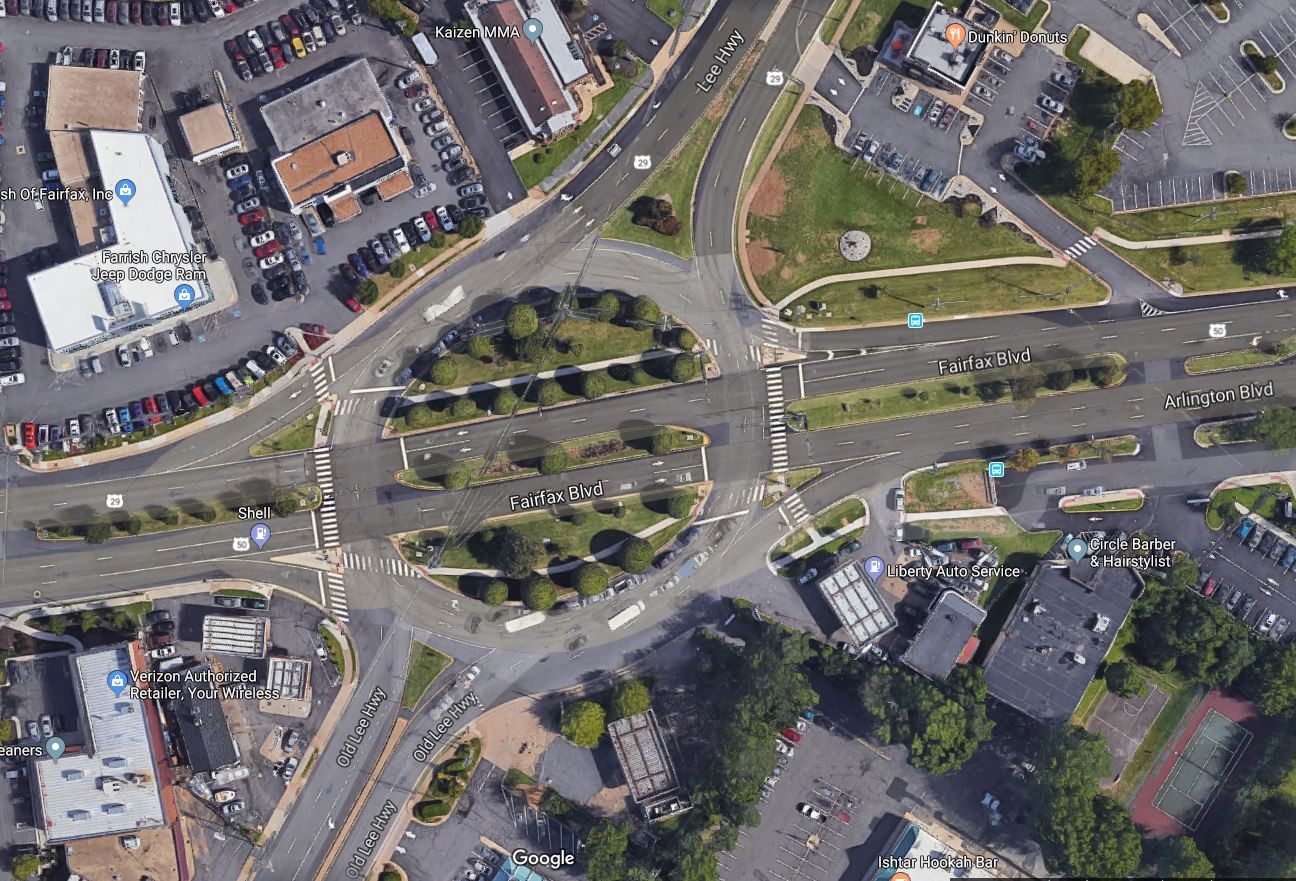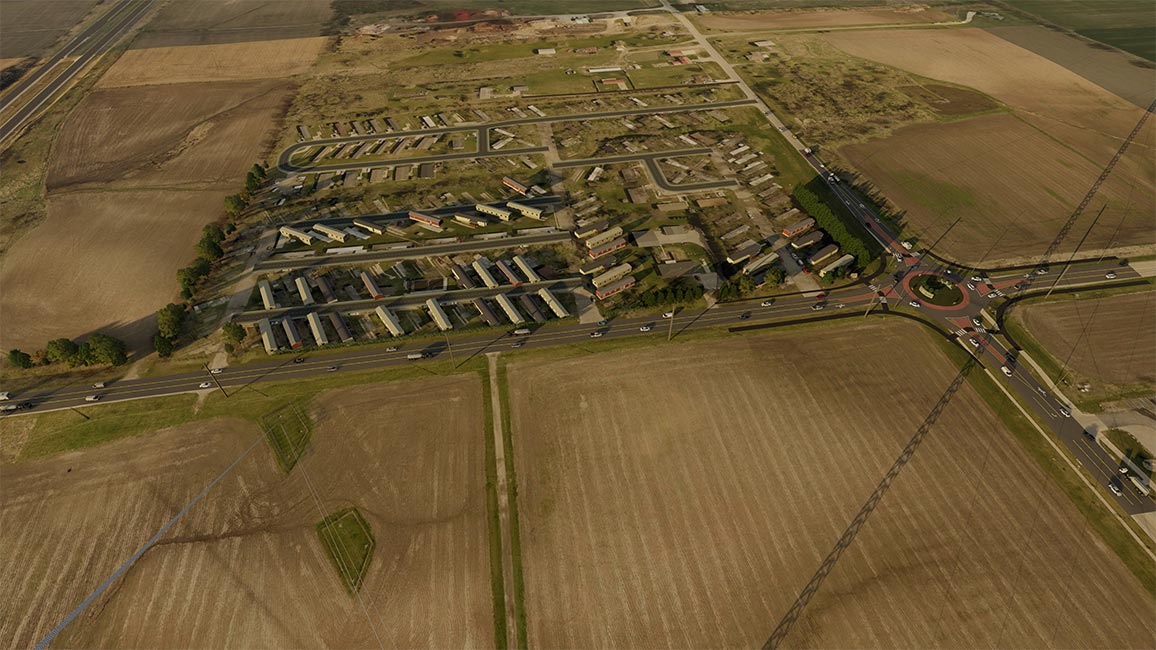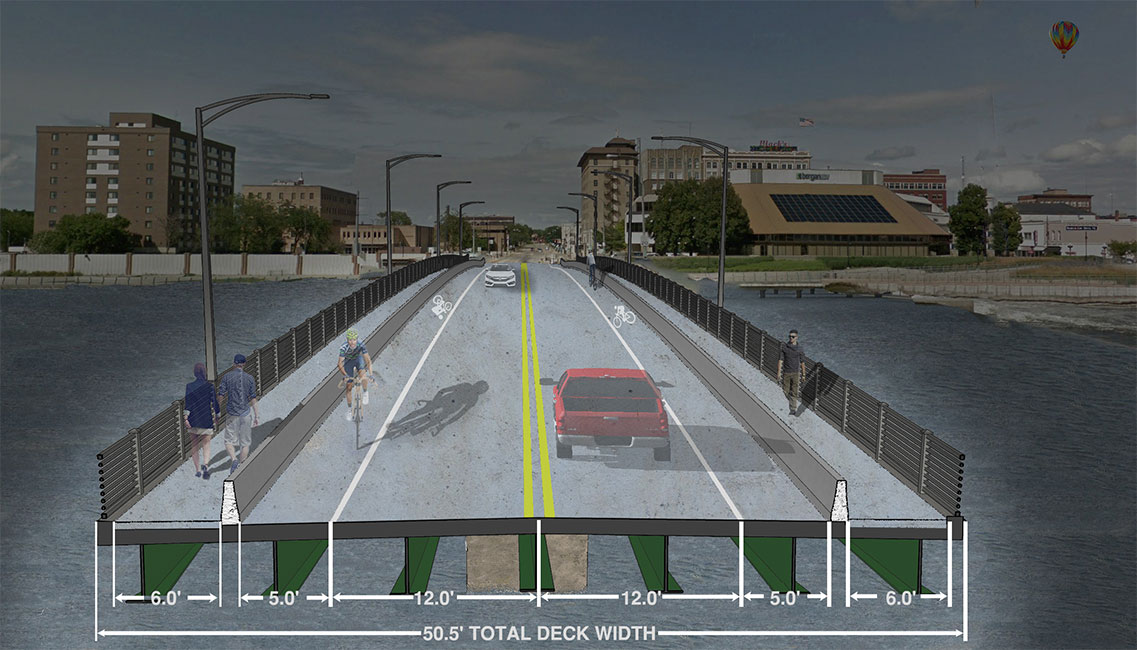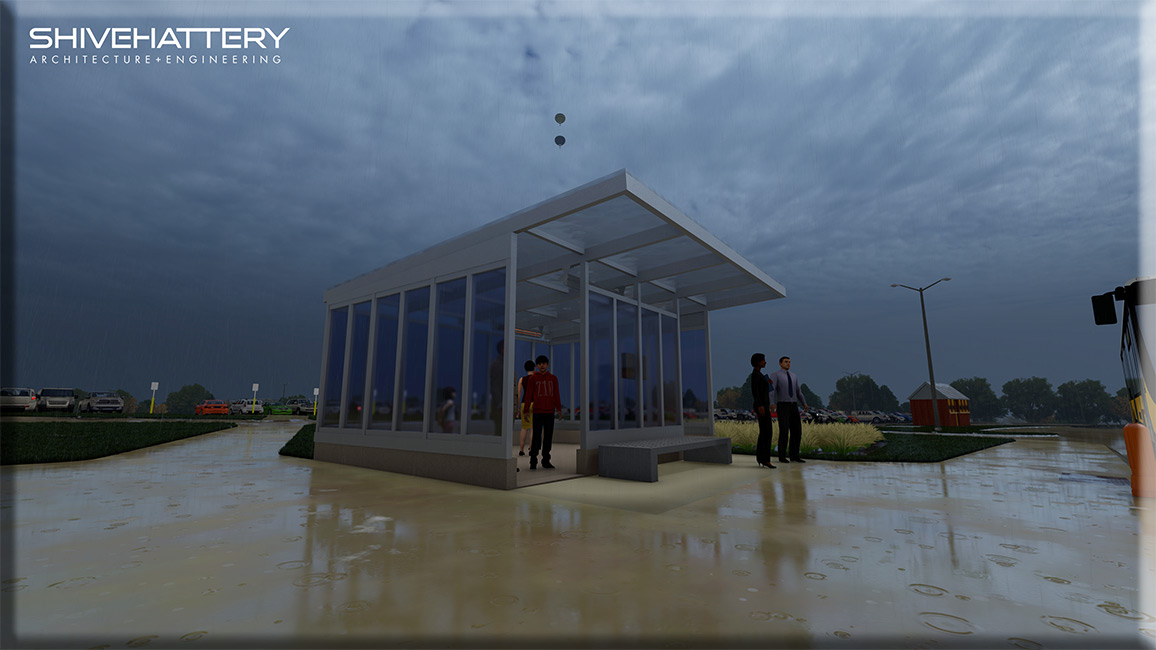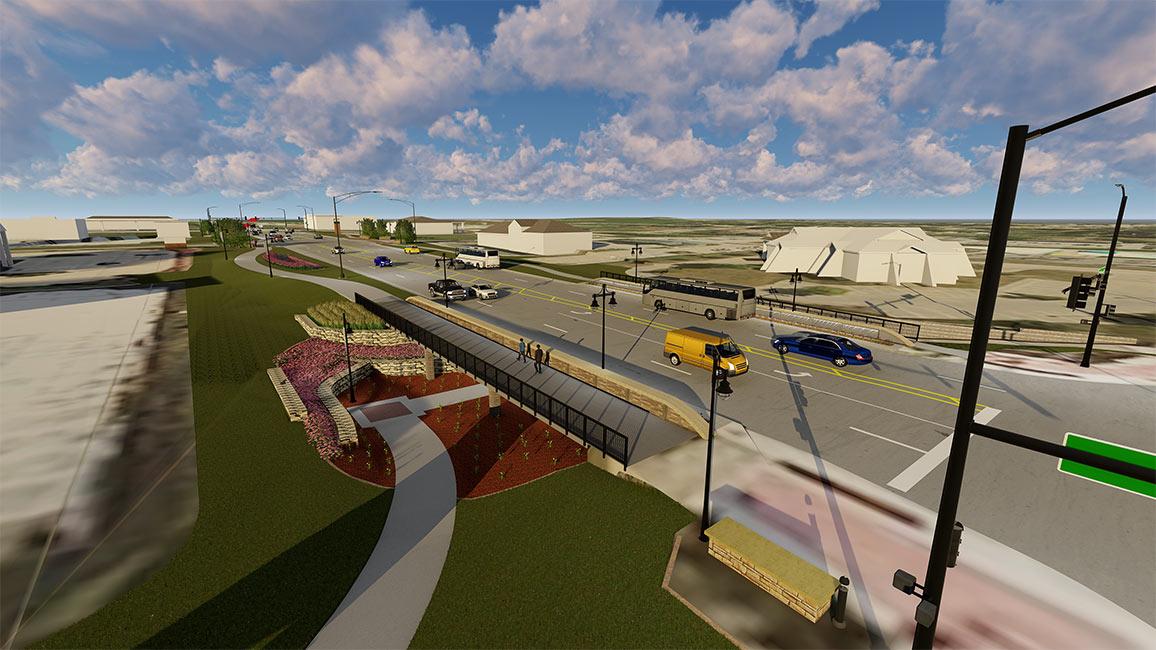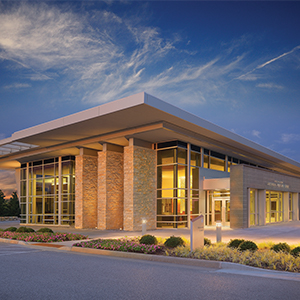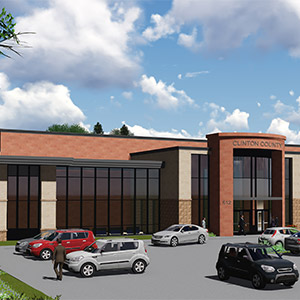BIM may have its roots in architecture, but the process applies to any type of environment. In civil engineering work, for example, BIM can help you make decisions about site manipulation and roadway/bridge construction. It immerses you within the site, showing you first-hand how certain decisions may change surroundings (or how a building, road, walkway, or bridge will be impacted by the environment).
Reality capture data that is scanned to BIM is helpful on civil sites as well, bringing projects to life and making them interactive so that everyone understands the infrastructure beyond the actual structure itself, including elevation and topology, underground utilities, walkways and roads, parking lots, and irrigation.
As is true in many types of projects, the costs of making and executing design changes are minimal during preliminary design stages. Once construction has started, however, prices increase dramatically. With BIM, you can evaluate the impacts of specific changes on a project in terms of costs, timelines, and other factors, changing your mind as often as needed until the final design is free of issues and will meet all stakeholders’ needs once it’s brought to life. BIM ensures clear and concise project updates among every member of the project team so that miscommunication and missed changes don’t interrupt the project flow or timeline. This leads to better design and increased efficiency and productivity.
BIM can also help identify potential problems that lurk underground before construction begins so you can create a plan to avoid these conflicts, adjust designs accordingly, and update timelines.
Stay in Touch for Monthly Shive-Hattery Industry Insights
More Building Information Modeling Projects
Creating the foundations that support community growth.
We're Learning, Growing + Sharing
Stay on top of the latest industry trends as we share how we are staying ahead of them.

The Human Edge — Why Connection Will Define the Future Workplace
Workplace

NAU Capstone Team Wins Arizona Design Competition, Heads to WEFTEC 2025
Infrastructure
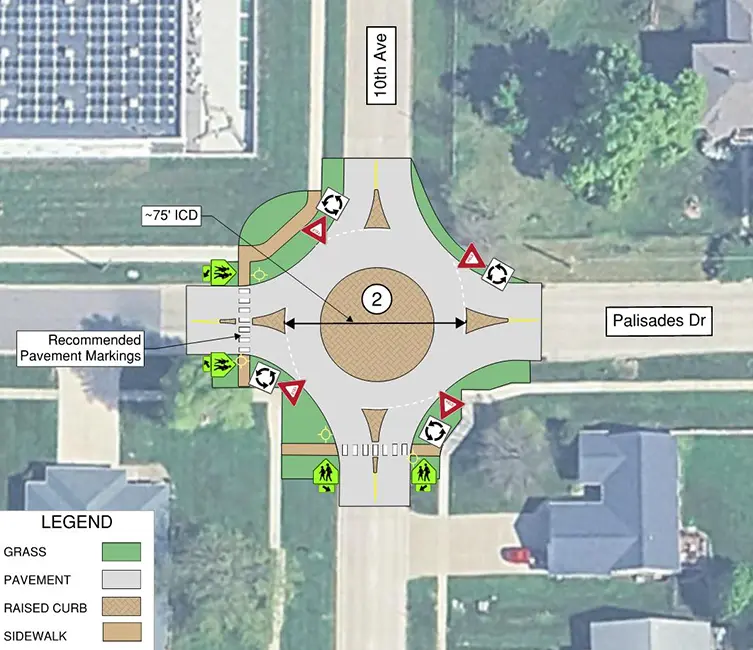
What Is a TEAP Study and How Can It Help Your Community?
Infrastructure

